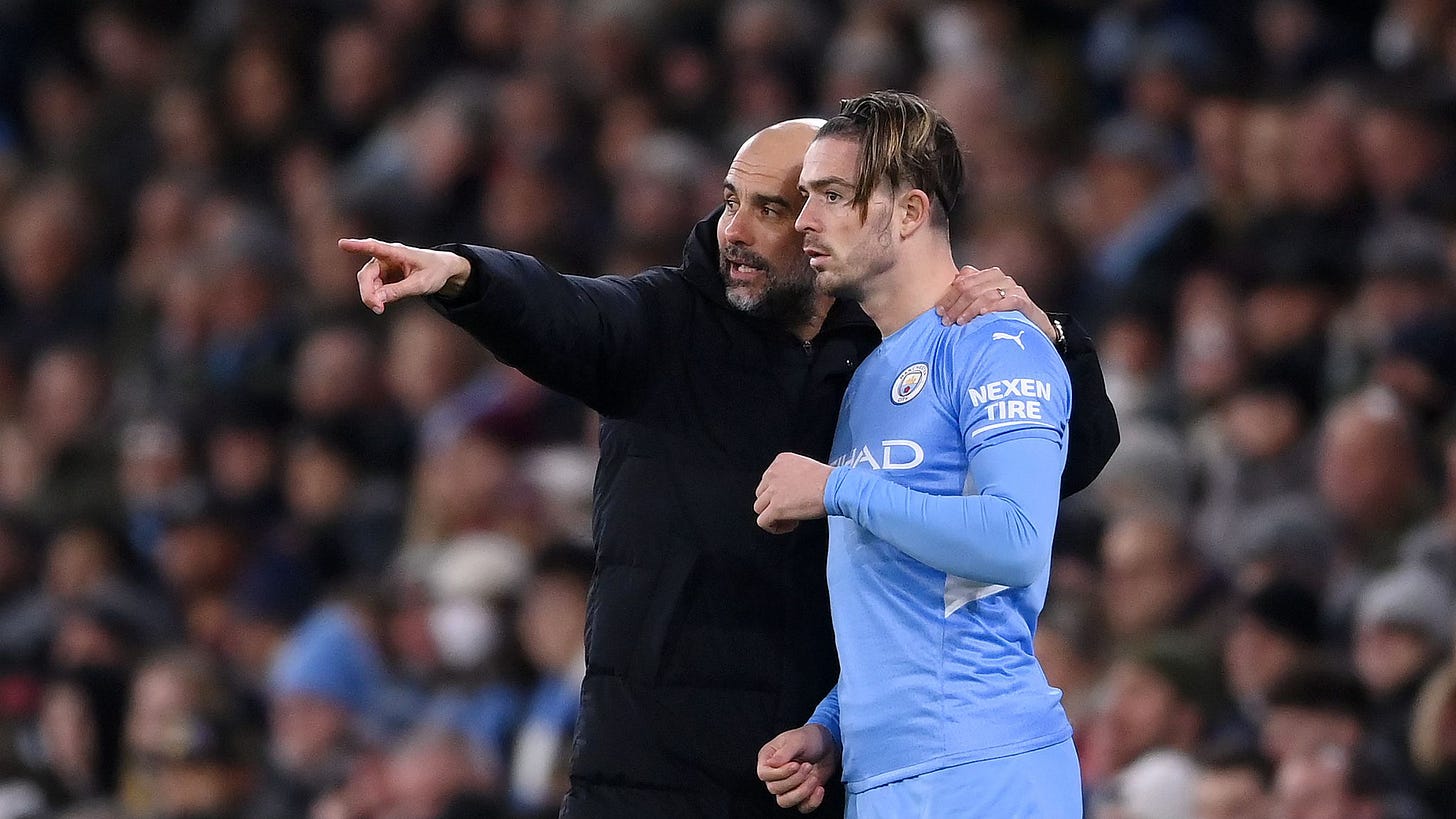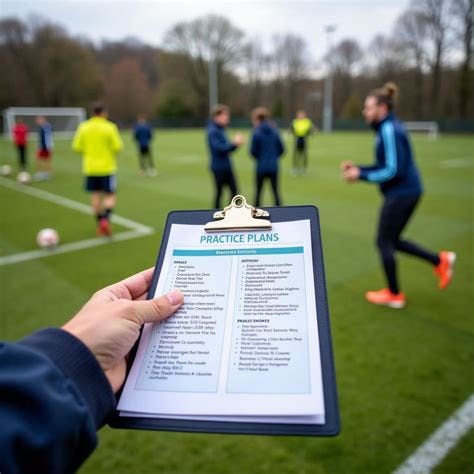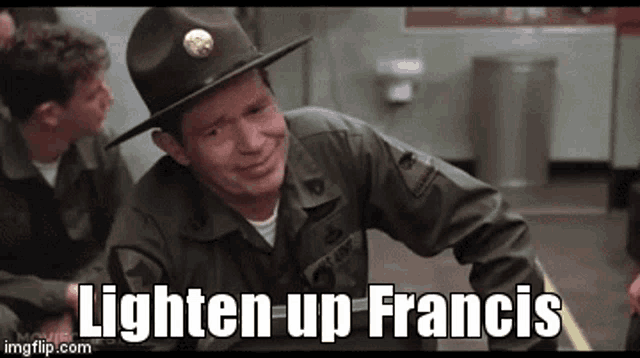So You Want to Control the Controllables… (part 3)
What kind of seeds are you planting?
Part 2 was about looking for intersections of opportunity and vulnerability and intervening to plant seeds of change. In part 3, I’ll give more detail around the different kinds of seeds you can plant and how interventions can look in practices.
Planting seeds of learning is more complex than planting seeds of chance because learning is about people changing. I think it’s interesting to consider interventions through the lens of changing situations or changing people because that lens forces you to consider why you’re intervening. If you wish to change people, who do you want to be different?
One common people-focused intervention is coaches trying to “work the refs” and I think such situations demonstrate how intervening for control and intervening for learning differ. There is no intersection of opportunity and vulnerability that prompts the coach to intervene. Working the refs is an effort to control rather than to create learning. To what end? Coaches hope all the haranguing will result in a favorable call in a crucial moment, despite having no evidence that their efforts will pay off. I think coaches would be better off putting officials in the “uncontrollable” category and leaving them alone. Doing so would allow coaches to save their focus and effort for things that can be controlled, like intervening to plant seeds of learning.
I have often used irregular substitutions as a way to plant seeds of learning. I admit that such interventions are about control, but they aren’t about my control. Coaches can work to help athletes learn to control themselves. I believe athletes learn to show their competitiveness, skill, and resilience in challenging moments. It’s my job to help them when they meet those moments. If I have learned about how athletes in my care recognize and respond to challenging moments, then I can have an idea of what they look like in those moments. If I think an athlete is losing their ability to maintain their competitiveness or skill and isn’t showing signs of resilience, then I’ll intervene to create time and space for them to reset. I cannot control how they respond, but I can support them in developing their responses. That’s an intervention that arises because of an intersection of opportunity and vulnerability. The athlete may or may not change as a result, but all I can do is plant the seeds of learning.
Practice settings afford coaches chances to plant both kinds of seeds as well as affording them more control over when those chances arise. In practices, you can control pace of play in more ways than you can in competition but it would serve you well to keep in mind the same principles about control. You cannot control people or outcomes, you are limited to planting seeds that may or may not take root. But having some control of practice situations opens up amazing possibilities for helping athletes grow and develop. You can use concepts like the challenge point framework to create situations that allow you to plant more seeds of learning. The framework works so well because it naturally creates far more intersections of opportunity and vulnerability through its use of constantly evolving challenges and novel situations.
Practices, then, are precious chances for coaches to influence both situations and people through careful planning and observation. Spend more time deciding what’s worth controlling rather than what you can control. Deciding ahead of time what you will devote your attention to and what you will allow to be in the background frees you up to better manage the opportunities that arise naturally from your plan. It’s not that you will ignore or not care about other things that arise, it’s just that you’ll allow those things to be, at least temporarily, lower on your list of stuff that matters. Instead of spending time evaluating every other thing that comes up to decide if it is “a controllable” or not, you would just do a quick check to see where it is on your list of things worthy of controlling today or not. What you’re controlling isn’t the outcomes but what you’re prepared to do as situations unfold.
As you shift your views on what it means to control and explore new ways of intervening in practices and competitions, I have a few reminders to help you stay grounded.
Humans are bad at multitasking. Just because you think you can control several things and want to control them doesn’t mean you can or should try to manage them all at once.
Let go of the idea that more intervention is better. Intervening is a way to create space for athletes to reset, learn, and adapt. If you’re going to interrupt that process, be worth the interruption. Make sure your intervention augments what’s happening, rather than distracting from it.
Interventions don’t just have to be around failure. Accumulating small, positive changes may also merit intervention to confirm the direction the athlete is headed in. Positive changes are still examples of opportunity and vulnerability intersecting because positive, but still unexpected, changes can create the same disconnect and openness that failure can bring.
Controlling situations with your plans doesn’t control the outcomes of those situations. Give yourself and the athletes in your care the flexibility to manage responses to those outcomes.
Learn to sit with the discomfort of not being as in control of things as you’d like. Recognizing and accepting that discomfort is an important step in learning to respond in the face of uncertainty.
Even if you plan well, you will have thoughts while you’re coaching that aren’t in line with your plan. What will you do when those appear?
In coaching, there are lots of chances for resulting (determining the value of a decision based only on the result of the decision). Resulting can distort your views on what’s controllable. Something may appear controllable after the fact but that doesn’t mean it actually was controllable in the moment.
Here’s a summary of the rules I laid out for controlling the controllables.
The most important thing you should be working to control is your expectations.
Learn when situations can benefit from your intervention.
Just because you can intervene doesn’t mean you should.
And here’s a bonus rule, just for fun, courtesy of Stripes.
On a more serious note, here’s another clip from Instinct that I always think of when I think of control. I warn you that the scene is a bit violent, with the two characters struggling against one another, but it reminds me of the larger lesson about what control really is.





